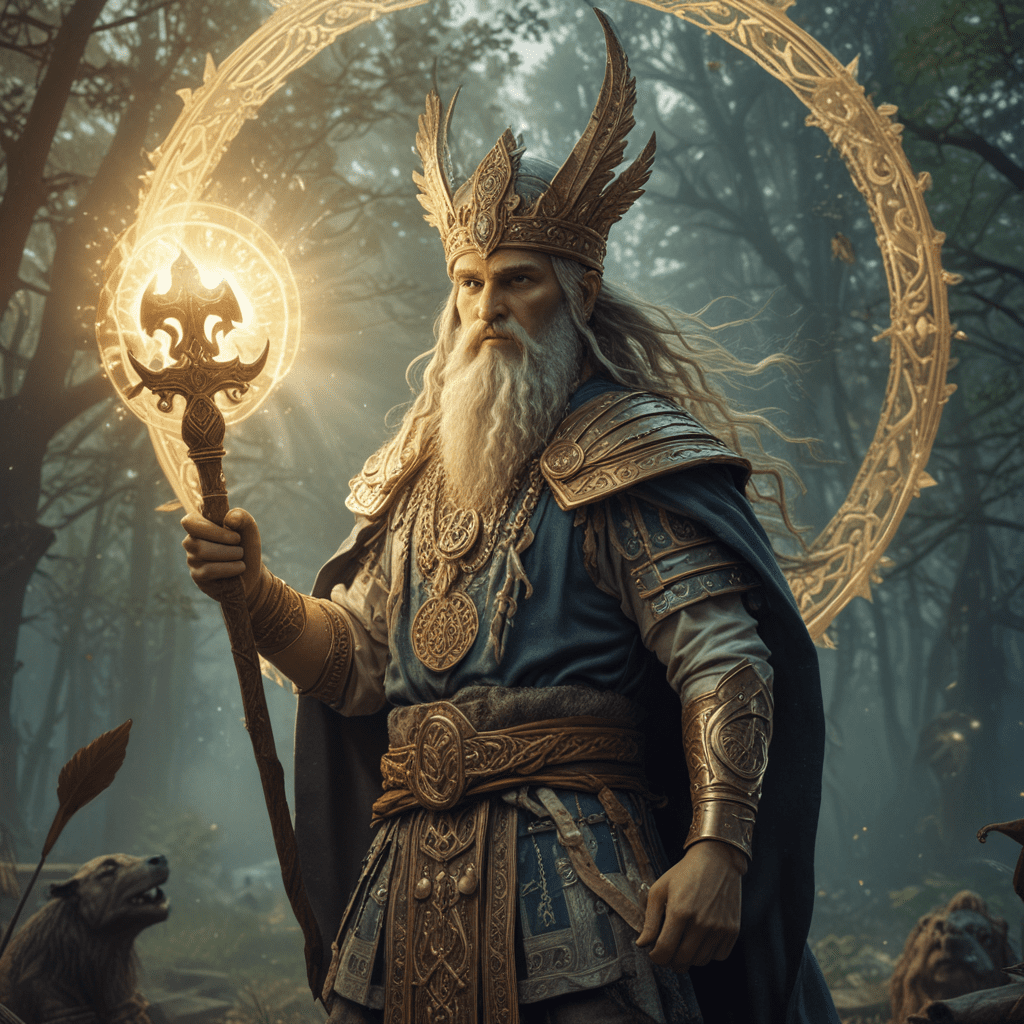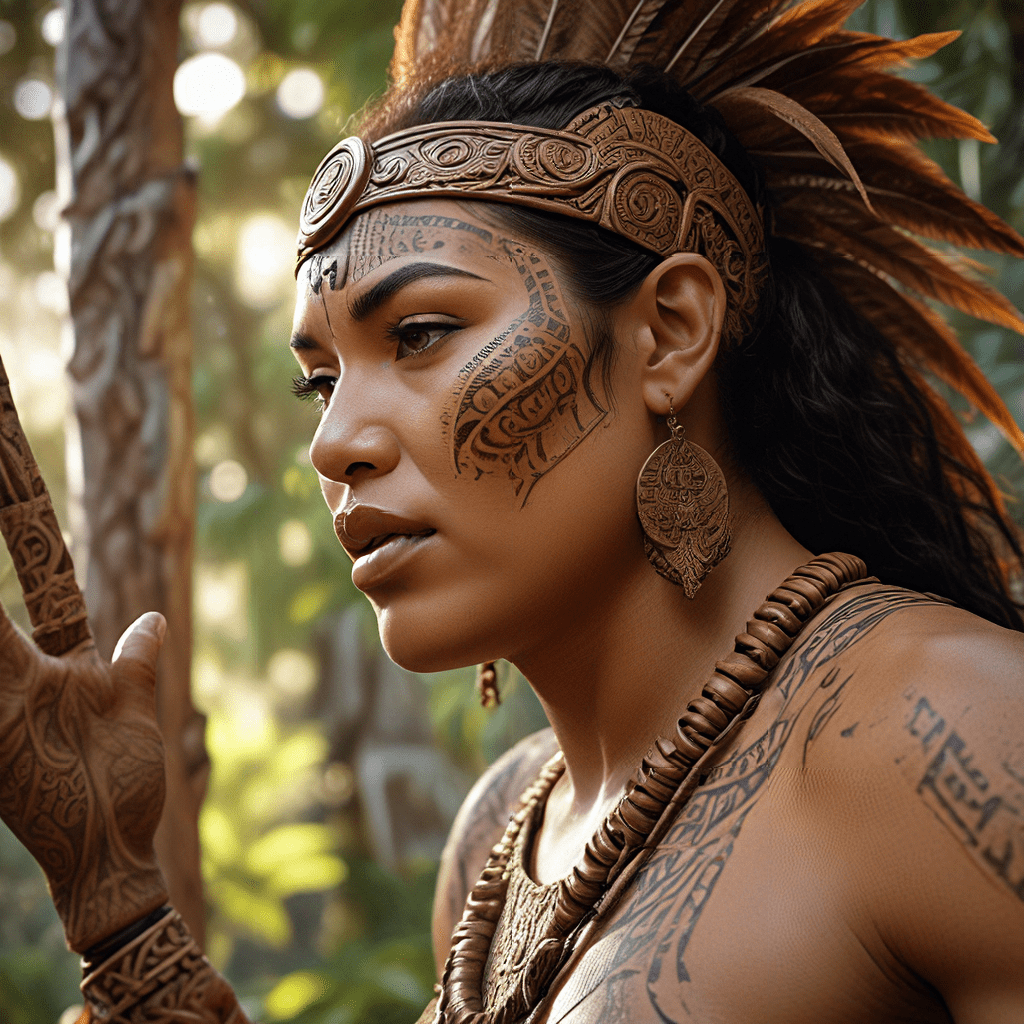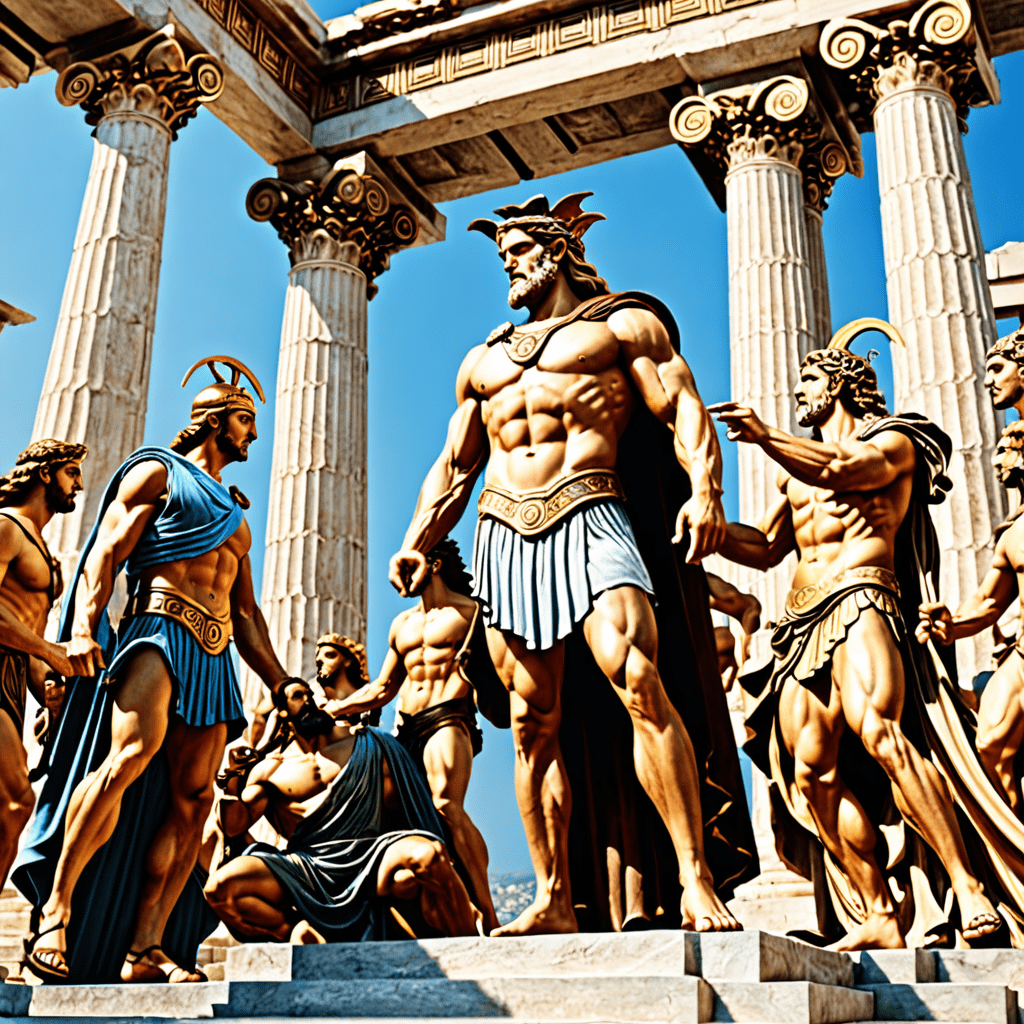Slavic Mythology: An Overview of Beliefs and Practices
Slavic mythology, a rich tapestry of beliefs and practices, has played an essential role in shaping the cultural identity of Slavic peoples across Eastern and Central Europe. Its origins can be traced back to ancient Indo-European traditions, blending with local customs and beliefs over centuries.
I. Introduction
Slavic mythology encompasses a wide range of deities, supernatural creatures, rituals, and folklore that have influenced Slavic cultures for generations. This complex system of beliefs provides insights into the Slavic worldview, their understanding of the cosmos, and their relationship with the natural world.
II. Deities and Cosmology
At the heart of Slavic mythology lies a pantheon of deities, each with their own unique powers and domains. The supreme god, often referred to as Perun or Svarog, is associated with thunder, lightning, and the heavens. Other prominent deities include Veles, the god of the underworld and cattle; Mokosh, the goddess of fate and women's work; and Dazhbog, the sun god. Slavic mythology also features numerous lesser gods and spirits, each with their own roles in the cosmic order.
VI. Folklore and Legends
Beyond deities and rituals, Slavic mythology is also expressed through a rich tradition of folklore and legends. Fairy tales, often featuring talking animals and magical beings, convey moral lessons and reflect Slavic cultural values. Epics, such as the Russian "Byliny" or the Serbian "Kosovo Cycle," celebrate heroes and legendary events from the past. Folk songs and ballads, passed down orally for generations, preserve tales of love, loss, and the supernatural. Proverbs and superstitions, deeply rooted in Slavic folk beliefs, provide practical advice and insights into the hidden workings of the world.
VII. Impact on Slavic Culture
Slavic mythology has left an enduring mark on Slavic culture. Its influence can be seen in language, literature, art, and social practices. Slavic languages are filled with words and phrases that derive from mythological concepts. Literature from across the Slavic world is replete with references to mythological characters and themes. Traditional Slavic art, including wood carvings, embroidery, and ceramics, often depict mythological motifs. Social customs, such as hospitality rituals and seasonal festivals, often have roots in ancient Slavic beliefs and practices.
VIII. Historical Context
The origins of Slavic mythology can be traced back to the Indo-European period, with influences from various neighboring cultures over time. As Slavic tribes migrated and settled across Eastern and Central Europe, their mythological beliefs evolved and adapted to local conditions. Slavic mythology was shaped by interactions with Germanic, Baltic, and Finno-Ugric cultures, resulting in a blend of beliefs and practices. Christianity's arrival in the Slavic lands introduced new religious influences that further influenced the mythology, leading to a unique blend of pagan and Christian elements.
IX. Modern-Day Relevance
In the modern era, Slavic mythology continues to play a role in Slavic societies. Neopagan movements have emerged, seeking to revive and celebrate ancient Slavic beliefs. Contemporary rituals, drawing inspiration from traditional practices, are performed at sacred sites and during seasonal festivals. Cultural revitalization efforts aim to preserve and transmit Slavic mythological traditions to younger generations. These initiatives foster a sense of national identity and provide a connection to the Slavic heritage.
X. Conclusion
Slavic mythology is a rich and vibrant tapestry of beliefs, practices, and legends that has shaped the cultural identity of Slavic peoples for centuries. It provides insights into the Slavic worldview, their understanding of the cosmos, and their relationship with the natural world. From deities and rituals to folklore and legends, Slavic mythology continues to influence contemporary Slavic societies, offering a glimpse into the past and inspiring cultural expression in the present.
FAQ
Q: Who is the supreme god in Slavic mythology?
A: Perun or Svarog
Q: What is the name of the Slavic underworld?
A: Navia
Q: Which deity is associated with women's work and fate?
A: Mokosh
Q: What is the significance of seasonal festivals in Slavic mythology?
A: To mark the agricultural cycle and honor mythological deities
Q: How has Slavic mythology influenced Slavic literature?
A: By providing characters, themes, and motifs in fairy tales, epics, and folk songs



